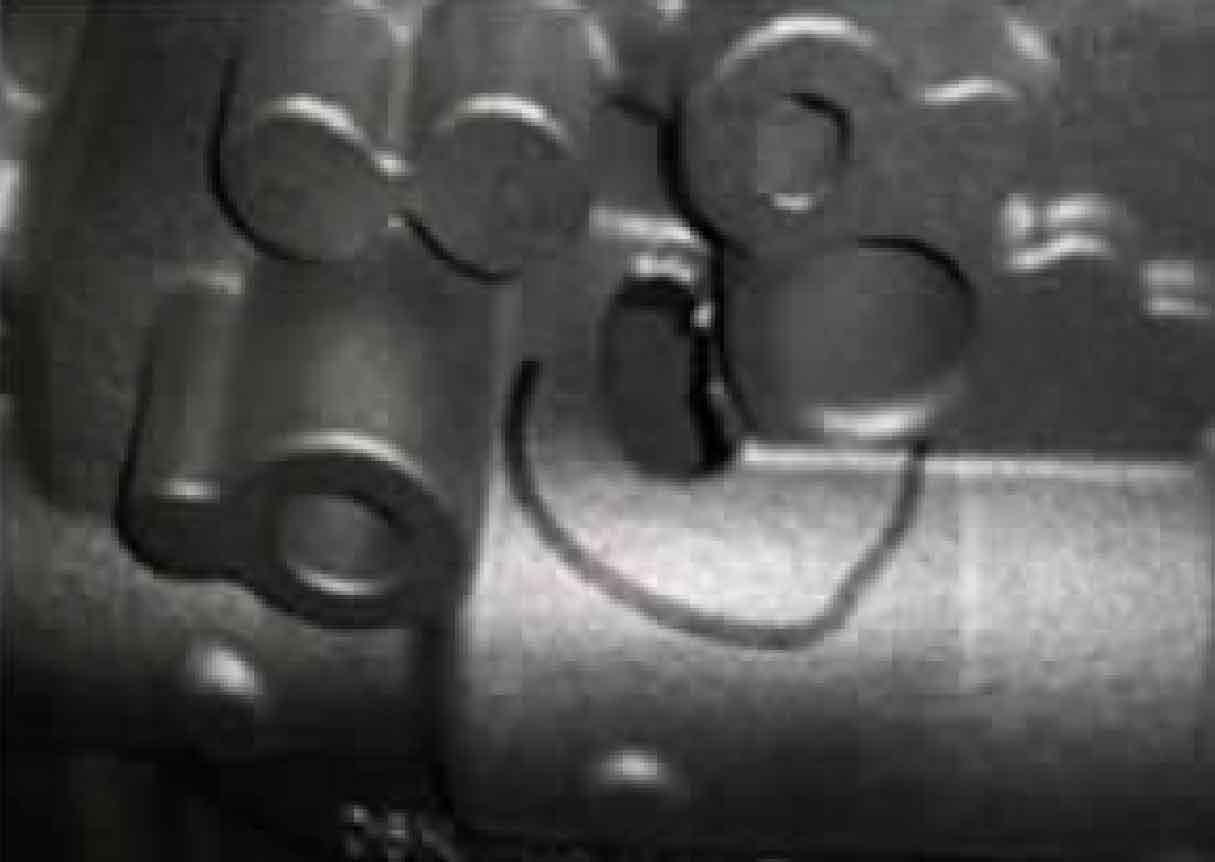Drying is the process of removing the carrier from the coating. The sand core should be dried in time after coating. Otherwise, the water (carrier) will react with the cold core resin group, which will reduce the coating strength of the sand core surface and cause quality problems in the inner cavity of the casting. The drying temperature should be uniform and stable to prevent the coating from cracking or over drying due to excessive temperature difference in each section. The drying time and temperature should be determined according to the size and thickness of the sand core. Generally, the drying time of big sand core with the same thickness as crankcase and side core is 80 ~ 90 min, and the temperature is controlled at 170 ~ 200 ℃; The drying time of thin-walled sand cores such as water jacket and oil passage is 40 ~ 50 min, and the temperature is controlled at 150 ~ 170 ℃. The moisture content can be controlled below 0.1%, which can meet the requirements of cold core process. Excessive or insufficient baking will cause core breaking and porosity defects of cylinder block.
In March 2016, in the early commissioning stage of ZHY casting cylinder block, the connecting screws in the crankcase of the casting sometimes appeared nail explosion (as shown in Fig. 1), accompanied by large air hole defects (as shown in Fig. 2). Measures such as increasing the pouring temperature and increasing the core ladle exhaust did not have obvious effect. In view of the above situation, after a lot of investigation, it is found that there is drilling coating and it is not dry at the screw cracking place (as shown in Figure 3). The analysis shows that: during the pouring process, the excessive gas generation caused by the coating is not dry, resulting in nail blasting and air hole defects. The above problems can be solved by adjusting the fit clearance of the crankcase to avoid drilling coating. The temperature of sand core after drying should be controlled below 35 ℃, and the moisture absorption phenomenon of coating after drying should be prevented to avoid core breaking and porosity defects.
The economic benefit of the coating is determined by the coating price, unit dosage and casting quality. The stronger the function of the coating, the higher the price. The user should match the coating type according to the casting quality, otherwise the cost will be wasted. The unit dosage of the coating is related to the permeability of the coating. It indicates the ability of the coating to penetrate into a certain depth of the surface layer of the mold or core after covering. Excessive permeability will cause unnecessary waste (and lead to other quality problems). If the permeability is too small, the adhesion of the coating on the core is too small, and the effect of high-temperature molten iron is very easy to be damaged, which can not achieve the use effect, According to the type and specific condition of the core, the user and the supplier should jointly develop the special coating with the least penetration and meeting the casting quality requirements, so as to reduce the cost; At the same time, when evaluating the economic benefits of coatings, the cost of coatings and the quality cost of castings should be comprehensively compared. The selection of coatings should be based on the good experience of customers and the advantages of comprehensive cost.



